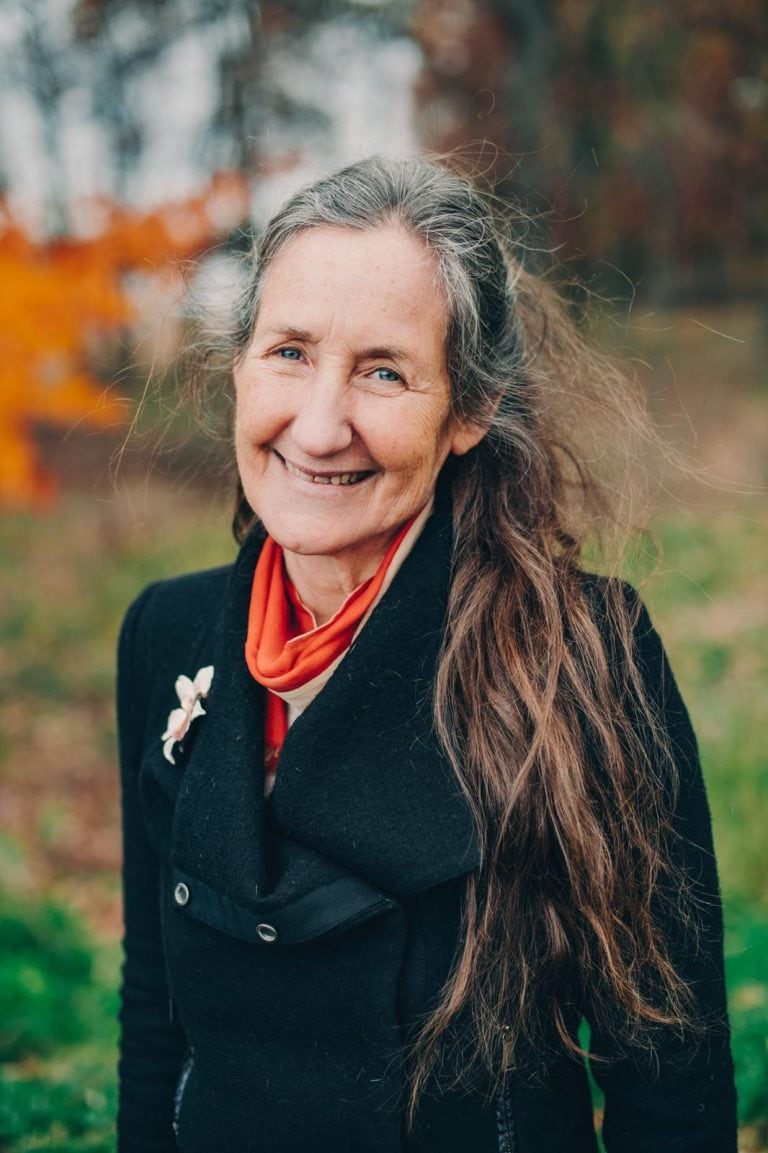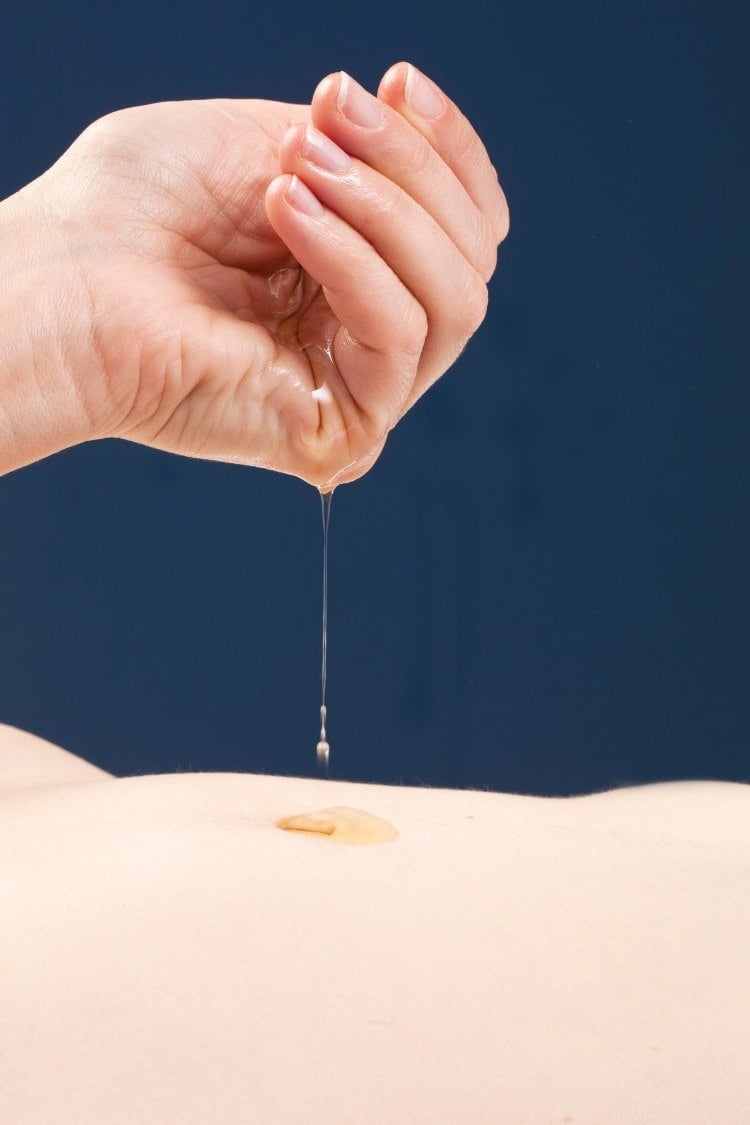Although castor oil has always been considered a cure-all, it has recently become popular, and sales are soaring thanks to the thrust of influencers who, via social platforms, claim it can ease a wide range of troubles.
According to the Food and Drug Administration, castor oil is only approved for one medical use: as a laxative. Our grandparents knew this well, forced as children to take the unpleasant-tasting laxative in order to move sluggish bowels. But scrolling through social media these days, one finds countless other claims about the properties of castor oil.

Castor oil has been found in ancient Egyptian tombs dating back to 4,000 BC, where it was used in cosmetics, medicines and as lamp oil. Castor oil has been used for centuries as a medicinal remedy, helping an assortment of disorders including inflammation, infection, joint pain and arthritis. In the fascist era, it was used for punitive purposes to “cleanse” subversives. It has also found a place in the cosmetics industry due to its ability to fight the signs of ageing as an excellent moisturiser for the skin, softening spots, reducing pigmentation, eczema and psoriasis. In cosmetology, castor oil is used for its antioxidant properties, promoting hair growth and preventing stretch marks.
Castor oil is obtained from the seeds of the plant Ricinus communis, which grows mainly in tropical and subtropical regions. India produces 75% of the world's castor beans, followed by China and Brazil. It’s rich in triglycerides, especially a ricinolein. Its advocates claim it’s the oily substance that more than any other penetrates deeply and is absorbed by the body.
Castor oil made a comeback in cosmetics in 2019, during a time of great interest in oils used for beauty and diet, as reported at the time by the Washington Post. Actress Charlize Theron claimed to use it for her eyebrows and hair. But it was only when Australian naturopath Barbara O'Neill started singing its praise, claiming that it penetrates deeper than any other oil, and her videos started spreading online, that the trend more than caught on, it literally went viral.

Holistic wellness is on a huge trend. O'Neill's (debatable) mantra is that the body is designed to heal itself, you just have to provide the optimal conditions for it to do so. Four years ago, a UK Guardian article investigated the activities of the exclusive Misty Mountain Lifestyle Retreat run by wellness coach Barbara O'Neill, who was demeaned and banned from practising for life after giving potentially fatal health advice to vulnerable clients. The Guardian's claims stemmed from the Health Care Complaints Commission, which found that O'Neill had spread the debunked theory of Italian ex-physician Tullio Simoncini that cancer was “a fungus” that could be cured with sodium bicarbonate rather than conventional medical treatment, and had given misleading and dangerous advice on pregnancy and parenting through lectures, her website, online classes, and sessions with clients.
The committee's investigation, that although found no documented cases of harm done, found that O'Neill was never registered with any accredited professional health organisation, and did not hold any medical diploma or degree. Nevertheless, the naturopath has an impressive following. Her supporters carry on that she has been the victim of a smear crusade by pharmaceutical apologists. Videos on her YouTube channel have millions of views, now also shared by her followers on social media platforms. Kicking off the trend was a video taken during a lecture given by O'Neill where she upholds that rather than ingesting castor oil, if applied in or around the belly button, it will "heal any problem in the abdomen", that the oil will "penetrate and break up cysts and fibroids in the uterus, dissolve lumps, bumps, adhesions, bone spurs, and heal constipation or diarrhoea by penetrating the colon from the outside."
According to the TikTok page dedicated to the hashtag, #CastorOil has 1.2 billion views. The influencers, mostly targeting a female audience, recommend using the product a little at a time, and purchasing only cold-pressed castor oil, extracted without the use of hexane, and recommend using only organic castor oil. According to some, it is effective in reducing wrinkles, sharpening eyesight, stopping hair loss, thickening eyelashes and eyebrows, improving eyesight and curing glaucoma or eliminating floaters (spots and streaks that appear in the eyesight). And then there are those who claim that castor oil, when applied in and around the navel, can fight bacterial infections. It purportedly even reduces tumours (a theory that has no scientific basis). Many popular videos specifically promote the application of castor oil through compresses and the recent trend of “navel oil pulling”, which is pouring castor oil into the belly button.

Compresses and pouring castor oil into the navel are believed to be beneficial due to their ability to detoxify and purify the liver. “Compresses are a traditional remedy used for a wide range of disorders, from pain to liver disease and constipation,” said Wajahat Mehal, professor of medicine for digestive diseases and director of the programme at Yale University for Fatty Liver Disease as well as the Metabolic Health and Weight Loss Programme. Castor oil compresses also profess to help menstrual cramps, but there are few studies to support its benefits. While castor oil has been shown to be useful for skin health and relieving joint pain, there are no studies showing its ability to detoxify.
If taken in high quantities, castor oil can cause flu-like symptoms, nausea, abdominal cramps, vomiting, bloating and dizziness. It is not recommended for pregnant people, forbidden for those showing early signs of appendicitis or those suffering from inflammatory bowel diseases such as Crohn's disease or ulcerative colitis. Castor oil, after all, has not been proven to dissolve cysts and tumours. On the other hand, some influencers who post videos on the related platform TikTok Shop are earning rich commissions, suggesting in fact just the opposite.
What is behind the worldwide success of this “miracle remedy”? Is it a simple return to wellness through natural practices and old cures? Or are we talking about a targeted commercial strategy? Since the beginning of the 2000s, demand for castor oil has steadily increased on the world market, not only because of its environmentally friendly renewable “green” nature, but also because of its numerous uses in different areas.
The estimated number of industrial uses continues to increase, but is thought to be around 700 different applications, ranging from soap production to lubricants, hydraulic and brake fluids, paints, dyes, coatings, inks, cold-resistant plastics, waxes and polishes, nylons and perfumes. From 2003 to 2013, world production of castor beans increased from 1,055 to 1,440 million tonnes. And now, thanks to social media, it is popping up in the medical and cosmetic fields. Despite the lack of proven results, and the advocacy of unaccredited figures, sales of castor oil are skyrocketing. Everyone is buying it. Including yours truly.